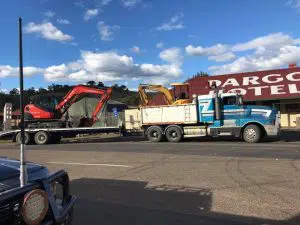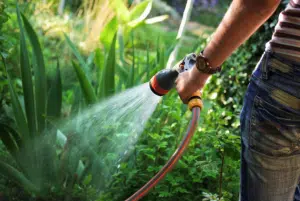What is a Wastewater Treatment Plant??
A wastewater treatment plant is a system that removes impurities from wastewater or sewage and converts them into an effluent that may be returned to the water cycle or directly repurposed with little environmental effect. In this blog post, we take a closer look at how these systems work.
How wastewater treatment plants work
Wastewater treatment occurs in seven steps, which are:1. Collection of wastewater
The local government, homeowners, and business owners install collection systems to ensure that all wastewater is collected and routed to a central location. The wastewater collected at this stage is often the water used in daily activities such as washing up, bathing, doing laundry, and so on. This water is sent to a treatment facility by subsurface drainage systems or business-owned and managed exhauster tracks.2. Controlling odours
Odour control is critical in a wastewater treatment facility. Wastewater comprises a variety of unsanitary substances that produce a foul odour with time. The treatment plant initiates odour treatment activities to guarantee that the stench does not spread to the surrounding regions. All odour sources are controlled and chemically treated to neutralise the elements that produce odours. It is the first and most essential wastewater treatment procedure.3. Screening
Screening eliminates large items, such as plastics, nappies, sanitary items, diapers, broken bottles, rags, bottle tops and more. If left, these items might cause harm to the equipment.4. Primary treatment
This procedure entails separating macrobiotic solid particles from the wastewater. The wastewater is poured into large tanks, allowing the solids to settle on the surface. The sludge is then removed by giant scrappers and placed at the centre of cylindrical tanks. It is then pumped out of the tank for advanced treatment. The residual water is then pumped for secondary treatment.5. Secondary treatment
In the secondary treatment stage, seed sludge is added to the wastewater to break it down further. The air is fed into massive aeration tanks that mix wastewater with seed sludge. It stimulates the growth of oxygen-using bacteria and other microorganisms that break down the remaining organic matter.6. Bio-solids handling
After primary and secondary treatment, solid waste is directed to digesters. Here, it’s digested for about a month at room temperature. During this process, methane gas is created, and nutrient-rich bio-solids are recycled and de-watered. The methane gas produced may be used to produce energy for equipment or the heat digesters.7. Tertiary treatment
This step is comparable to that used by water treatment facilities to purify raw water for consumption. The tertiary treatment step may remove up to 99 per cent of the pollutants in wastewater. This results in effluent water that is comparable to drinking water quality.Learn more by contacting Eco-Septic
Eco-Septic is a Sydney-based manufacturer that specialises in commercial wastewater systems of various shapes and designs. We can provide fast and free quotes relevant to your commercial wastewater needs, all while keeping in mind individual spending capabilities. Contact us today for a fast quote at 1800 808 135 or visit us at www.ecoseptic.com.au. We cover all Sydney suburbs as well as the regions of South Coast, Snowy Mountains, Southern Highlands, Riverina, the Blue Mountains and Hawkesbury, Laguna, North and Mid North Coast, Bateman’s Bay, Nowra, Mallacoota, Narooma, Balmora, Cobargo, Glenn Ines, Avondale, Glenmore, Mogo, Tarago, Torrumbarry, Albury, Faulconbridge, Maraylya, Sherbrooke, Strathdickie, Little Hartley, Linden, cattail, Bowen Mountain, Murwillumbah, Kyogle, Bryon Bay, Lismore, Evan Heads, Yamba, Grafton and surrounding areas.Related Posts
- The Benefits of Using a Pump Well for a Septic Tank
- How Do Septic Tanks Work?
- How Much Sewage Is Produced Per Person?
- Is Wastewater Treatment sustainable?
- What is the Best Domestic Sewage Treatment Plant? – Copy
- How do I find Septic Tanks near me?
- Can Treated Sewage Water Be Used For Irrigation?
- What Size Septic Tank Do I Need?
Tagged wastewater treatment plant




